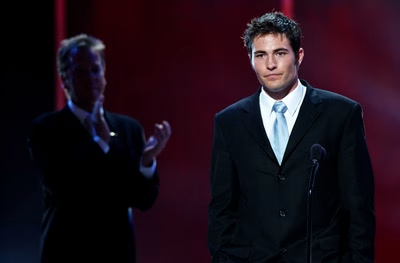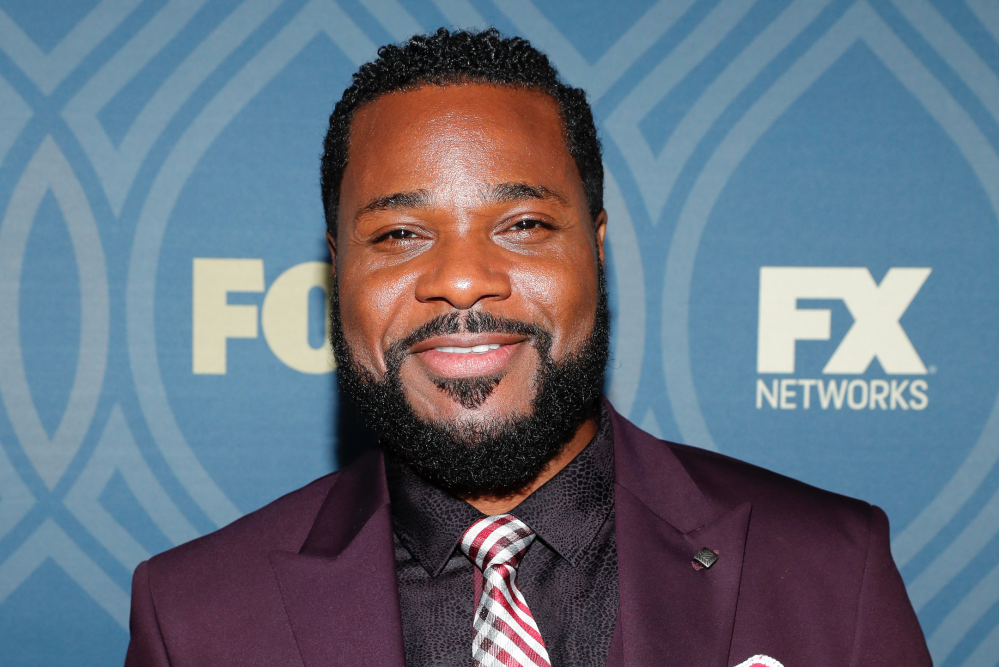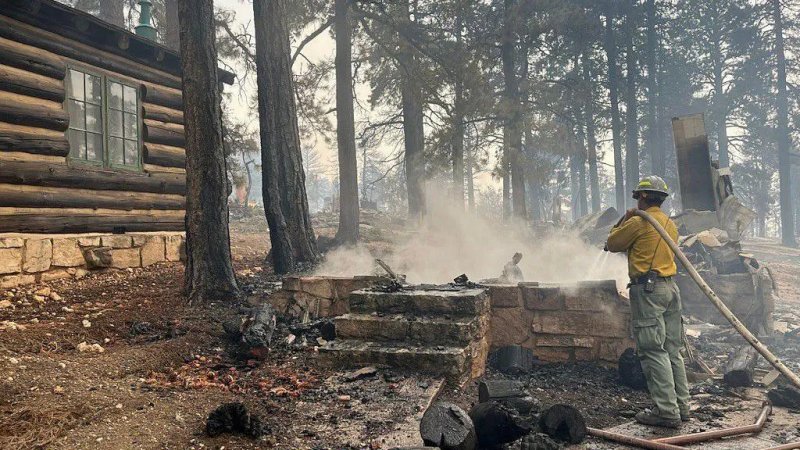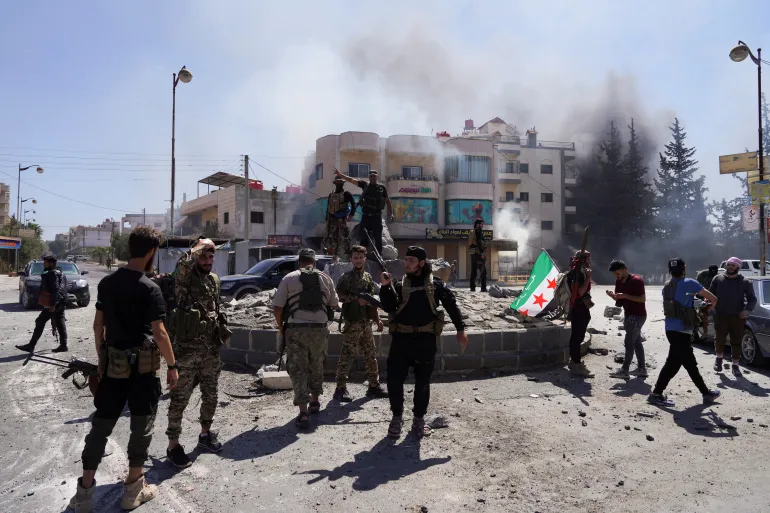Let’s slow it down.
Not just the fire — the moment.
Because what happened on the North Rim of the Grand Canyon this past week is more than a wildfire.
It’s a convergence. Of policy, climate, history — and oversight.
🔥 July 2025: The Fire Arrived With No Alarm
It began, as these things often do, in silence.
A bolt of lightning. Dry timber.
And a management plan built on containment, not suppression.
They called it Dragon Bravo —
A name that now reads almost mythic.
But this was no legend.
By July 4, a controlled strategy was set.
By July 12, the fire had multiplied.
By July 13, the Grand Canyon Lodge — gone.
Nearly a century of human heritage, scorched in hours.
🏛️ The Lodge Wasn’t Just a Building
It stood since 1928 —
A place where tourists didn’t just stay,
they arrived — into history, into silence, into awe.
To lose it is to lose a part of the American architectural memory.
Not just timber and stone — but ritual.
The kind that generations remember by feel.
And yet, the real story isn’t just what burned.
It’s how and why.
🚨 Strategy vs. Reality
Controlled burns — or “confine and contain” models — are based on ecological wisdom:
Some fires restore. Some clear. Some renew.
But this wasn’t autumn.
It was mid-July.
High heat. Low humidity. Winds pushing 40 miles per hour.
That’s not a prescription.
That’s a warning.
The blaze moved faster than the response.
By the time suppression replaced strategy, 80+ structures were lost, including water systems and ranger housing.
Even the chlorine leak from a compromised treatment plant became a risk multiplier.
🧭 Governor Hobbs Wants an Investigation
And rightly so.
When the stakes include federal landmarks, natural ecosystems, and civilian safety,
a slow-footed reaction demands scrutiny.
We’re not just asking what burned —
We’re asking what was overlooked.
🌍 The Larger Pattern
This isn’t isolated.
The western U.S. has entered a new era of climate volatility.
Lightning will strike again.
Drought will continue.
And “controlled fire” will remain a high-risk gamble in ecosystems already stretched thin.
🧠 So What Do We Take From This?
One: Heritage isn’t fireproof. Even the most solid symbols are vulnerable.
Two: Strategy must evolve with climate — not against it.
Three: We must reimagine protection not as resistance, but responsiveness.
This isn’t a tragedy in isolation.
It’s a signal — loud, bright, and burning.
Not just about a lodge.
But about how we manage the tension between nature’s rhythms and human memory.
The question isn’t just: How do we rebuild?
It’s: What do we build for this new reality?
—
Everything connects.





